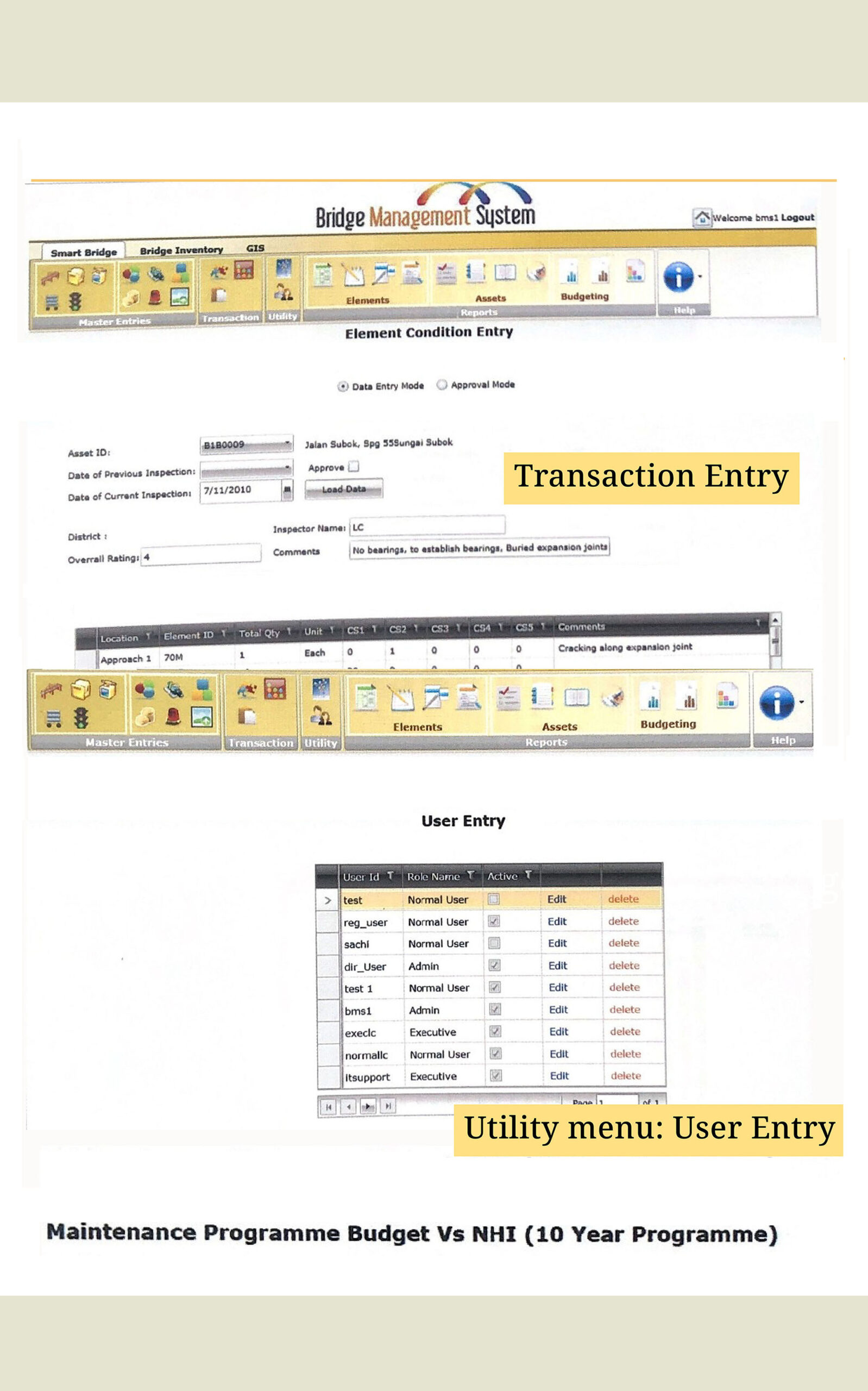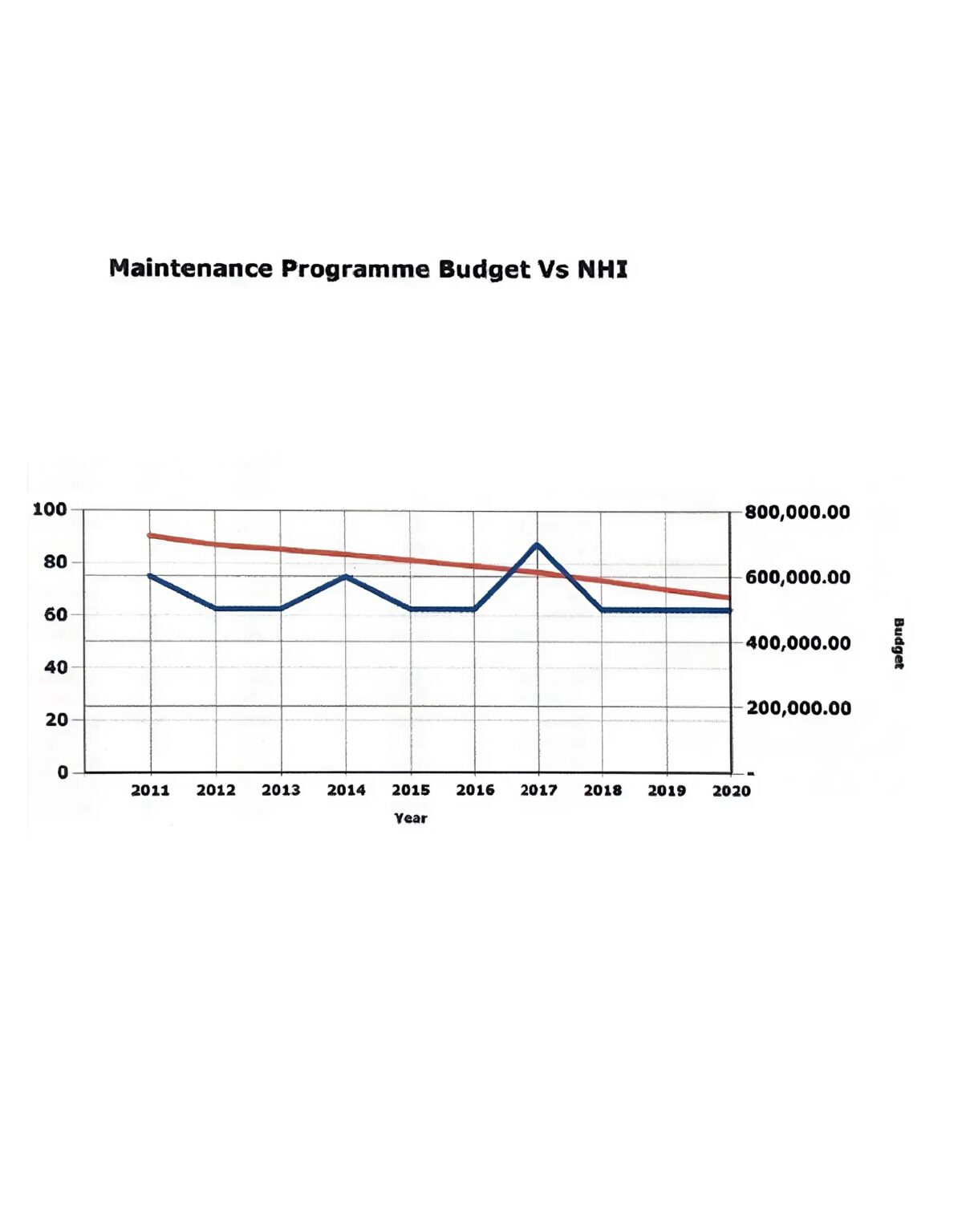Enhancing the Bridge Management System in Brunei Darussalam
Introduction
Brunei’s Bridge Management System (BMS) is a web-based platform that replaces traditional manual systems, offering a centralized database for managing bridge and culvert infrastructure. It integrates GIS mapping, traffic data, and asset condition assessments, optimizing maintenance planning and prioritization of repair activities.
Need for a Bridge Management System
Bridges play a critical role in Brunei’s transportation network but require significant resources for upkeep. Implementing a BMS enables early defect detection and cost-effective maintenance strategies, ensuring proactive decision-making based on real-time, regularly updated data.


Core Components of the BMS
The upgraded Bridge Management System is structured around four key components:
- Asset Inventory Module
- Stores comprehensive bridge and culvert data, including images and GIS map integration.
- Analytical Modeling Module
- Conducts condition assessments and predictive analysis to optimize maintenance scheduling.
- Reporting Function
- Generates detailed asset condition reports to support strategic infrastructure planning.
- User Interface
- Provides a centralized hub for seamless interaction between all system components, improving communication and accessibility.
Conclusion
The implementation of Brunei’s upgraded Bridge Management System marks a significant advancement in the nation’s infrastructure management. By integrating GIS technology, AI-driven predictive modeling, and real-time data analytics, the BMS enhances maintenance efficiency, budget optimization, and long-term infrastructure sustainability. This system plays a vital role in ensuring Brunei’s bridges and culverts remain safe, functional, and well-maintained for years to come.